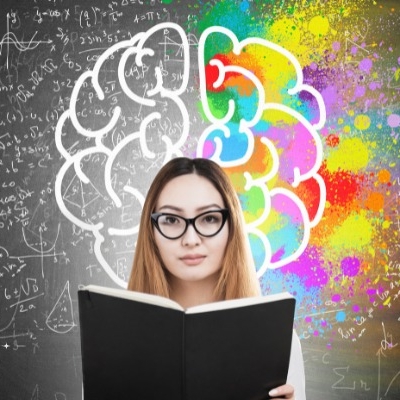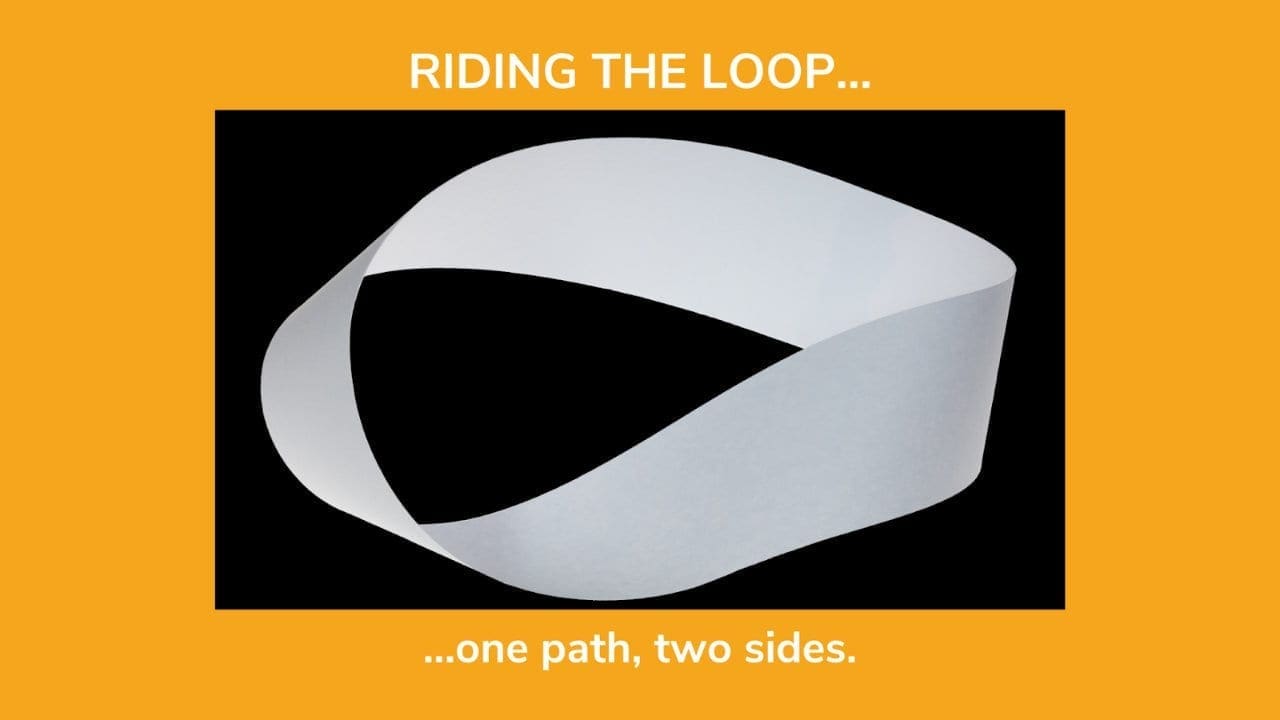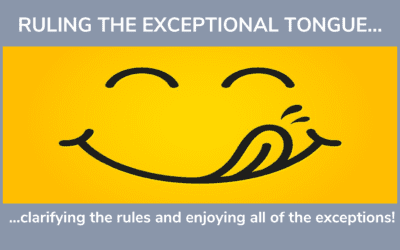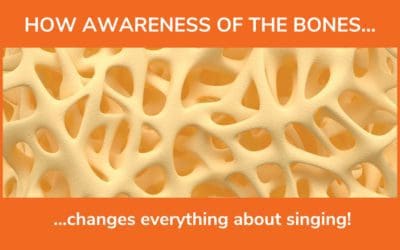Inside This Article
Most of us think about movement as mainly involving movement. And even more of us think that in order to improve movement we need to improve movement. This is a typical way of thinking. But, there’s another way.
Movement, our movement, is not just a thing we do, not just an action that can be improved directly. And, this goes for voice too, because without movement there is no sound, there is no voice. Voice IS movement.
So… if almost everything we do in life and the vocal arts is related to movement… how do we improve our movement?
Get ready for it…
…by improving our sensory imagination, by learning to think in sensations.

Here’s a simple experiential experimental example:
- Bring your attention to your right hand.
Don’t move it. Leave it still. Look at it. Notice it. - 2 or 3 times, flip your hand over and back to where it started.
Notice how you do it. How do you flip your hand? What does it feel like? - Leaving your hand in the same initial position, IMAGINE flipping your hand over in a similar way. You can do it with your eyes open, your eyes closed.
Imagine doing it as clearly as possible.
- Now, here’s the crucial part… while you’re IMAGINING doing it… also IMAGINE the sensations that you would feel IF you were moving it.
What sensations go along with the movement and how can you sense those in your imagination of the movement? - Imagine finding ways to flip your hand over and back in ways that are easier and feel more and more pleasant. Get into it. Groove on it.
- Now, stop that. Rest.
- And, again, 2-3 times, actually flip your hand over and back.
How is it now?
How is it different?
What sensations might you be aware of now?
This is the sensorimotor loop in action… expanding our awareness of sensations improves our movements and moving with more awareness improves sensation (even when there isn’t movement).
It’s a feedback loop! And your brain has pathways in place to optimize this process…
And, the best way to access this power in your brain, most directly, and outside of the tyranny of our habits, is to move in the imagination while imagining the sensations of the movements.
HINT: When you get really good at this – with every aspect of your body/mind/self – including your voice – you can use this skill to learn and work out new patterns of movement without tiring yourself out physically!
I use this strategy often in my classes. In THE SINGING SELF PROGRAM, each class is a guided experience of this kind of sensorimotor development – sensing, moving, moving seeing… sensing, not moving, etc. etc. It’s a crucial part of what allows the learning in THE SINGING SELF PROGRAM to seep so deeply into one’s system. If you are interested in learning to harness the power of the sensorimotor loop in your vocal learning, check out the program here.




0 Comments